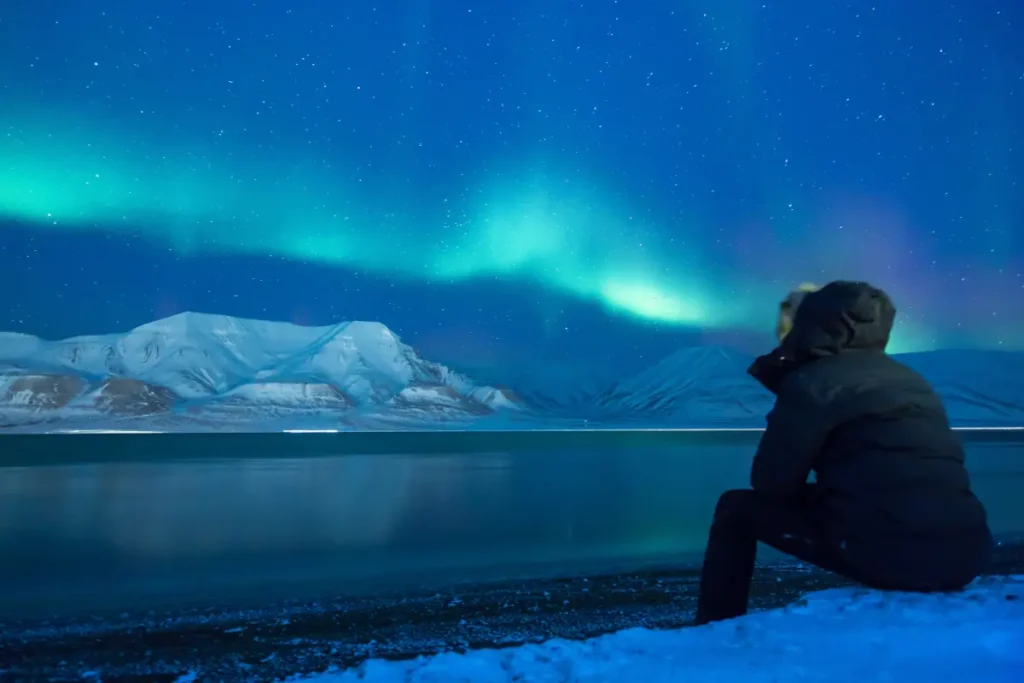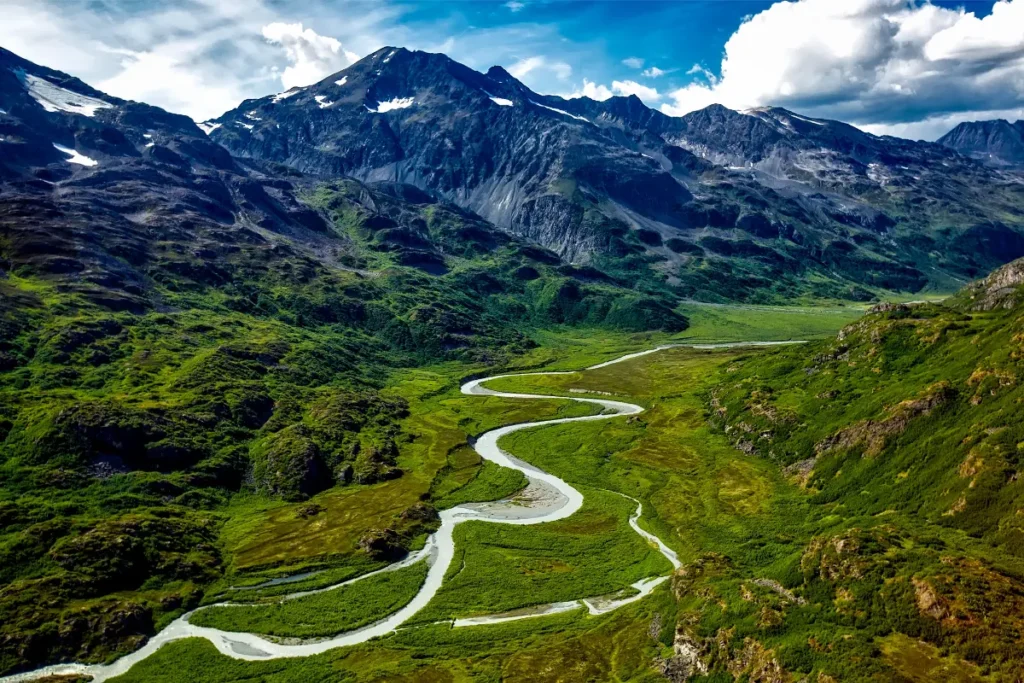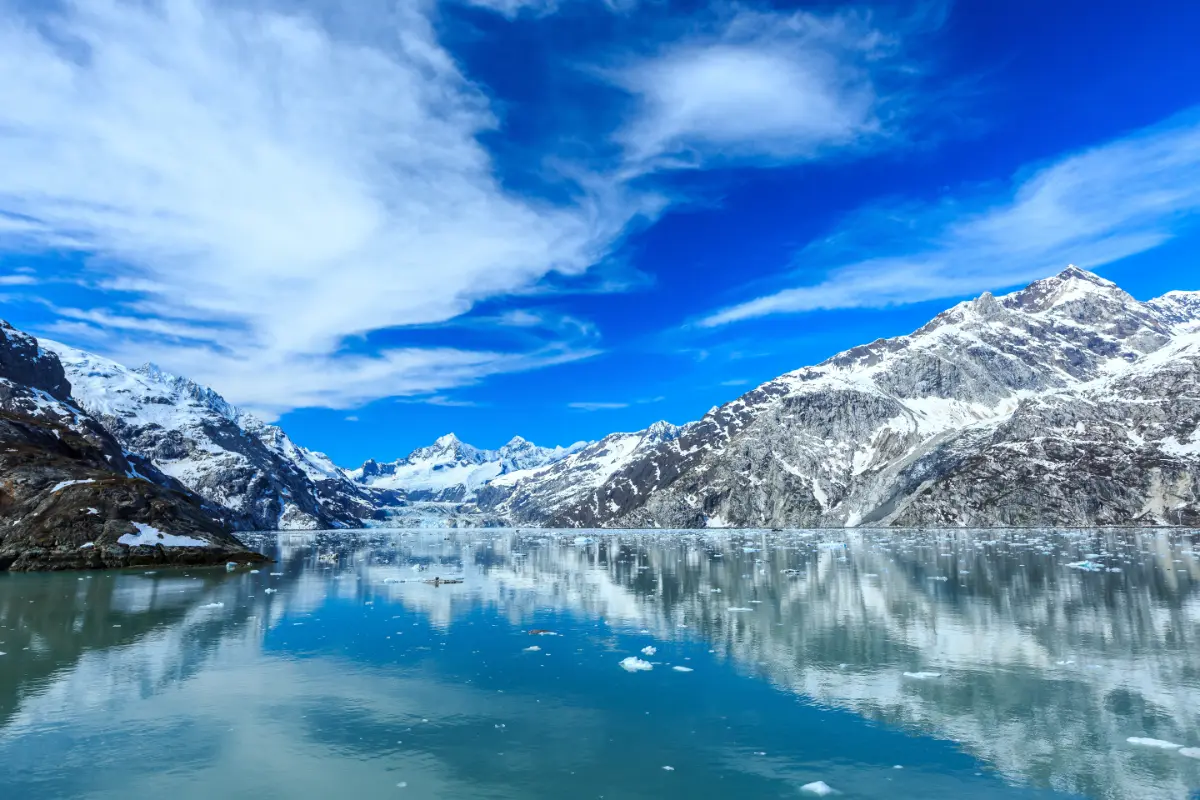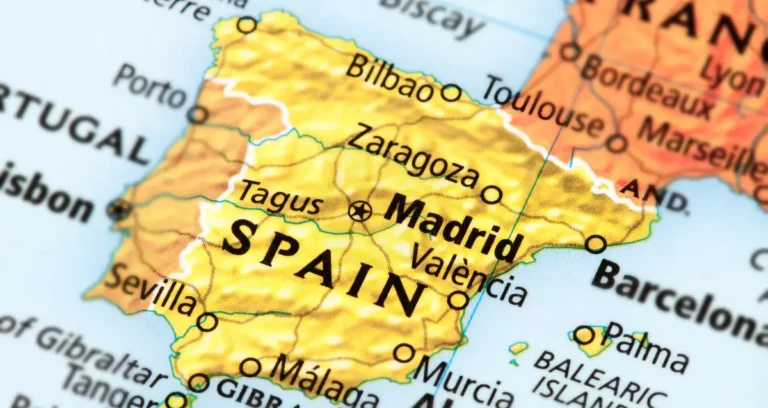The Best and Worst Times to Cruise to Alaska: A Comprehensive Guide
Alaska, known for its majestic glaciers, abundant wildlife, and stunning natural beauty, is a dream destination for many cruisers. However, planning the perfect Alaska cruise can be a challenge, especially when it comes to choosing the right time to go. Unlike other popular cruise destinations like the Caribbean or Mexico, Alaska cruises are limited to a specific season, which runs from late spring to early fall, typically April through October. Each month within this window offers a unique experience, with varying weather, wildlife opportunities, costs, and crowd levels. Let’s dive into the best and worst times to cruise to Alaska, based on these factors.
Weather: The Good, the Bad, and the Unpredictable
Warmest Months: June, July, and August
- Best For: Warm weather and long daylight hours.
- Drawbacks: Crowded and expensive.
- Details: The warmest and most popular months to visit Alaska are June, July, and August. These months offer the most comfortable temperatures, making them ideal for outdoor activities and exploring ports. The days are long, with up to 17 hours of daylight in June, allowing plenty of time to soak in the breathtaking scenery. However, these peak months also come with the highest prices and the most crowds.
Shoulder Season: April, May, September, and October
- Best For: Lower costs, fewer crowds, and unique wildlife sightings.
- Drawbacks: Cooler temperatures, more rain, and potential for high winds.
- Details: April, May, September, and October are considered the shoulder seasons for Alaska cruises. While the temperatures are cooler and there’s a higher chance of rain, these months offer significant cost savings and fewer crowds. May is particularly beautiful, often less rainy than late summer, and offers a good chance of spotting wildlife like moose calves and bald eagle fledglings. April and October, on the other hand, are the riskiest months weather-wise, with the potential for high winds and very wet conditions.

Cost Savings and Crowds: Timing is Everything
Cheapest Months: April, May, September, and October
- Best For: Budget-friendly cruises and a more relaxed experience.
- Drawbacks: Cooler weather and potentially fewer wildlife sightings.
- Details: If you’re looking to save money, the shoulder seasons (April, May, September, and October) are the best times to cruise to Alaska. These months are less popular, resulting in lower prices and fewer crowds. Families tend to travel more during the summer months, so avoiding June, July, and August can help you snag a great deal. Expert cruisers often recommend May for its combination of cost savings and beautiful scenery.
Peak Season: June, July, and August
- Best For: Maximum daylight, warmer weather, and abundant wildlife.
- Drawbacks: High prices and large crowds.
- Details: June, July, and August are the peak months for Alaska cruises, attracting the most visitors due to the warm weather and long days. However, this popularity comes at a cost, both financially and in terms of crowd levels. If you plan to cruise during these months, be prepared to pay a premium and deal with busy ports and excursions.
Wildlife: When to See Alaska’s Iconic Animals
Best Months for Wildlife: May, June, and July
- Best For: Spotting moose calves, bald eagles, and whales.
- Drawbacks: Bear sightings are less common in early May.
- Details: Alaska is home to an incredible variety of wildlife, from grizzly bears to humpback whales. The best time to spot wildlife depends on what you hope to see. Late May and early June are great for seeing moose calves, bald eagle fledglings, and other young animals. Bear watching, however, is best in late June and early July when the prime bear season begins. Whale watching is excellent throughout the summer, with the peak season running from June to July.
Avoiding Mosquitoes: April, May, September, and October
- Best For: Avoiding mosquito bites.
- Drawbacks: Cooler weather and potential rain.
- Details: If you’re not a fan of mosquitoes, consider cruising during the shoulder seasons. Mosquitoes are less active in April, May, September, and October, making these months ideal for those who prefer to avoid these pesky insects.

Month-by-Month Recap: Best and Worst Ratings
- April:
- Best For: Super cheap prices.
- Worst For: Cold, wet weather.
- May:
- Best For: Great prices, fewer crowds, and abundant wildlife.
- Worst For: Cooler temperatures compared to summer.
- June:
- Best For: Long daylight hours, minimal rain, and abundant wildlife.
- Worst For: High prices and large crowds.
- July:
- Best For: Warm weather, long days, and prime wildlife viewing.
- Worst For: Peak crowds and prices.
- August:
- Best For: Continued wildlife viewing.
- Worst For: Increased chances of rain, especially later in the month.
- September:
- Best For: Lower prices, fewer crowds.
- Worst For: Cooler weather, fewer wildlife sightings.
- October:
- Best For: End-of-season deals.
- Worst For: Cold, wet weather, and potential high winds.
Conclusion: Choose Your Adventure
No matter when you choose to cruise to Alaska, you’re in for an unforgettable experience. The key is to weigh your priorities—whether it’s cost savings, warmer weather, or wildlife viewing—and pick the time that best suits your preferences.
Whether you opt for the shoulder season to avoid crowds and save money or the peak season for the best weather and wildlife sightings, Alaska’s stunning landscapes and unique experiences will make your cruise a journey to remember.
If you’re planning your Alaska cruise, be sure to check out our other resources and travel tips to make the most of your trip. Happy cruising!
FURTHER READING







